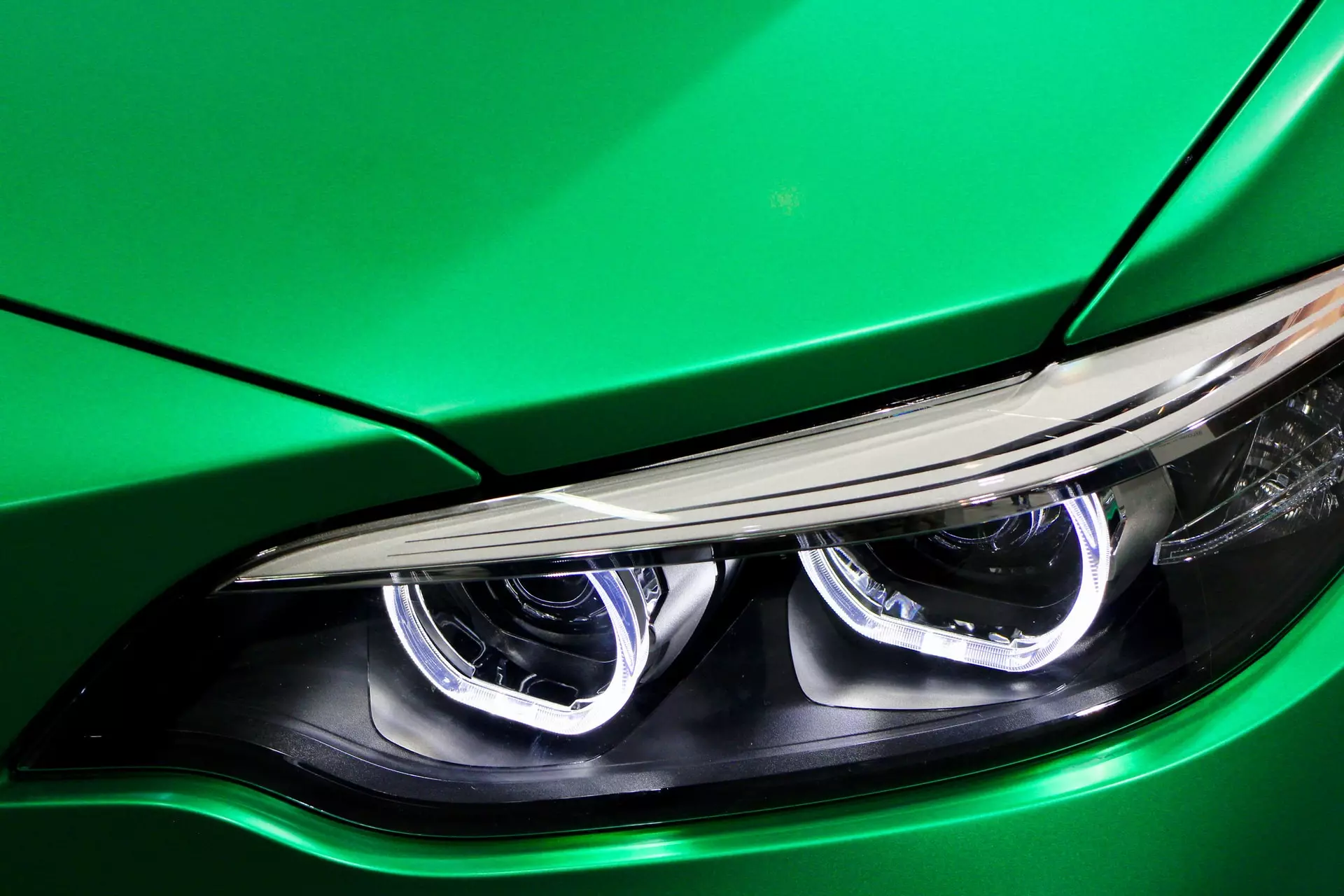How many sensors do you think there are in a car? There are almost certainly a lot more than you think!
As motoring technology has advanced, the need for more sensors for cars has grown, both for functionality and safety. This is especially true as we move into a world where automated vehicles are part of the future plans of the industry.
Self driving car sensors will be hugely important to guarantee the safety of the occupant.
If you're wondering how many sensors there are on modern cars and what they do, keep reading to learn more.
Parking Sensor
Parking sensors or backup sensors for cars have evolved in recent years to be comprehensive parking aids rather than just a proximity sensor.
Most new cars will have some sort of parking sensor, and there are a few different types:
- Acoustic parking sensors use sound waves to detect objects
- Electromagnetic parking sensors use pulses a lot like a radar
- Visual sensors use cameras to display the surrounding area - these may also incorporate acoustic or electromagnetic sensors
Fuel Temperature Sensor
The temperature of the fuel going into the engine is important - if it is too cold, will take longer to burn, making the engine less efficient.
Warm fuel will combust much faster, and so the fuel temperature sensor monitors and optimizes the temperature at which the fuel flows into the engine.
Vehicle Speed Sensor
Ever wondered how the speedometer displays the speed of the vehicle? The vehicle speed sensor is a vital part of the process.
If the car has ABS (anti braking system), there will be a sensor in each wheel that accurately reads the speed. For cars without ABS, speed sensors can be found in the driveshafts.
An accurate reading of vehicle speed is important—nobody wants to be pulled over by the police for speeding because the speed reading is incorrect!
Did you know: the speed sensor also allows the odometer to show an accurate mileage reading on the car.
Engine Speed Sensor
The speed of the vehicle itself isn't the only speed sensor in a car. The engine speed sensor is also very important. This sensor is connected to the crankshaft and monitors its rotation speed.
From there, the onboard computer configures the correct fuel injection and engine timing so that the car runs as efficiently as possible.
Throttle Position Sensor

The throttle position sensor monitors the accelerator pedal—depending on how far down it is pushed, it allows the computer to determine the output current.
This, in turn, controls the airflow into the engine, impacting the power output of the vehicle. So when we press our foot down on the accelerator, this sensor is the communication between our foot and the engine!
Rain Sensor
Have you ever wondered how a car knows when to turn on the window wipers, and can even determine the speed at which they need to operate? It's a very clever and intricate sensor that does this!
Most rain sensors use an infrared light that shines across the windscreen. The science behind how this works is called total internal reflection.
In basic terms, when the window becomes wet, less light is reflected and so the ECU knows to turn on the wipers. The less reflected light, the more intense the wipers will be.
These sensors are obviously very important for the driver. Weather can change quickly and drastically, and it's helpful for a driver not to have the distraction of turning on the windscreen wipers manually.
Mass Airflow Sensor
This is one of the most important sensors in a vehicle—without it, the ECU would receive no information about the density of the air in the engine and could cause mechanical damage to the car.
This sensor helps a car to run efficiently by sensing the density of air going into the engine. The onboard computer then tries to match the fuel molecules with the oxygen molecules entering the engine, thus improving efficiency through complete combustion.
Tire Pressure Sensor
Tire pressure sensors are familiar to most people who own a vehicle. Again, advances in technology have allowed these sensors to display results on the driver's dashboard, and can warn you if the tire is low on pressure.
This sensor is usually located in the bubble created between the tire and the wheel.
Driving with either underinflated or overinflated tires can have an effect on both the life of the tire and the performance and economy of the car, so it makes sense to check the tire pressure regularly.
Oil Level Sensor
Oil is one of the most important non-mechanical aspects of a car. It acts as a lubricant for the engine parts, allowing them to move freely and smoothly.
Poor oil quality or low oil levels can have a devastating effect on the life of an engine, so it's one of the most important things to monitor.
Thankfully, the oil level sensor makes this easy - in days gone by, a dipstick check would have to be performed regularly to check oil levels, and while this is still important for checking oil quality, most new cars will have a driver display to inform us of the oil level.
Are There More Sensors for Cars Than You Thought?
As you can see, there are many sensors for cars that all work together to help a car to run as efficiently and safely as possible.
When we buy a used car, we may want to be absolutely sure that the odometer and other readings are accurate.
EpicVIN can help—we can do a complete history check on the car to make sure you're not buying a car that has been tampered with. Contact us today to find out what we can offer.







